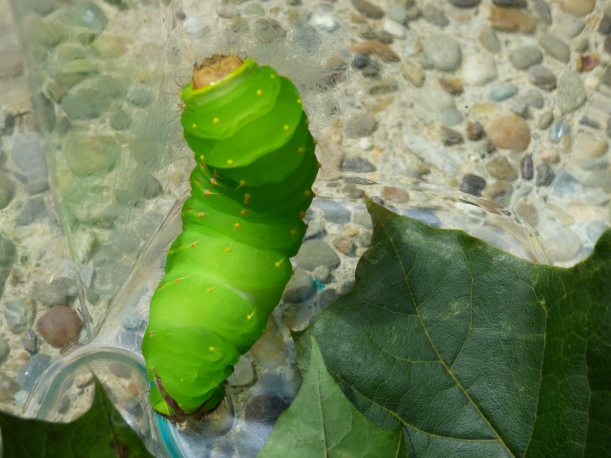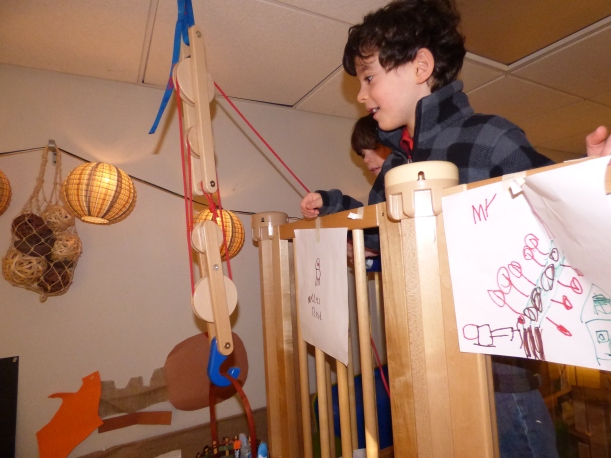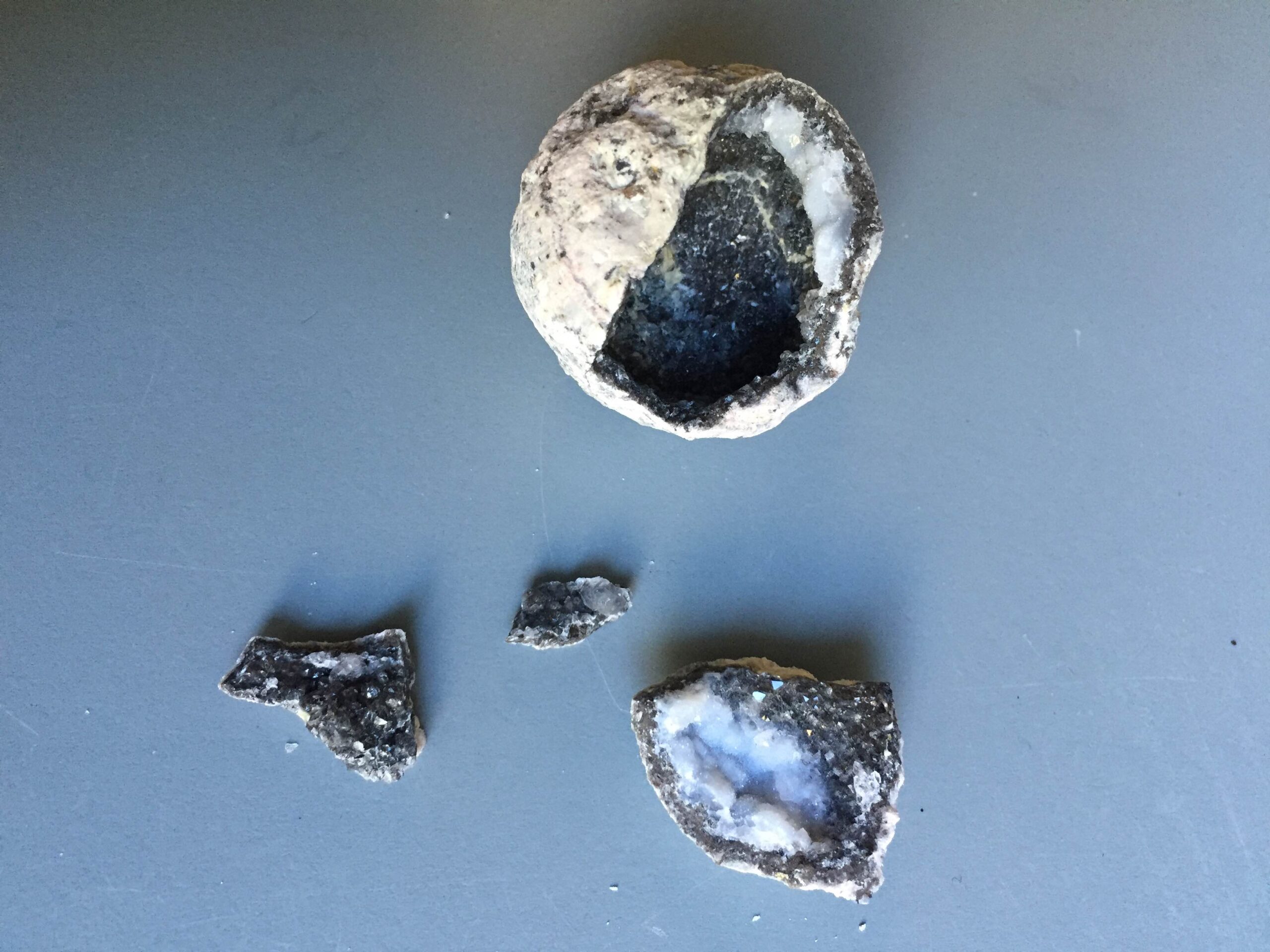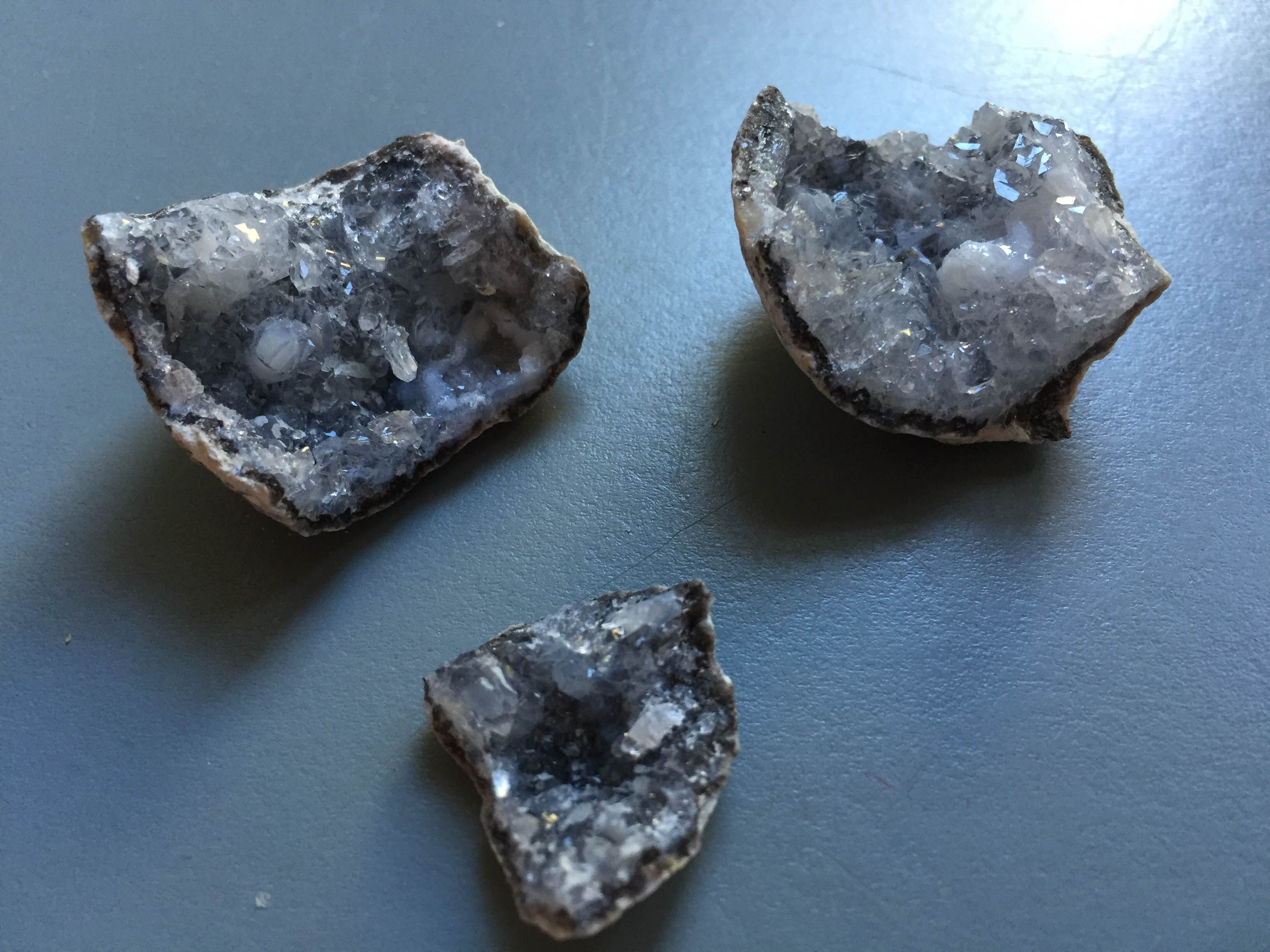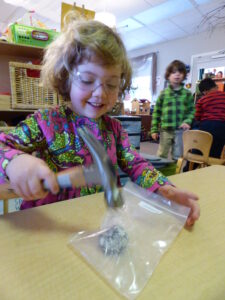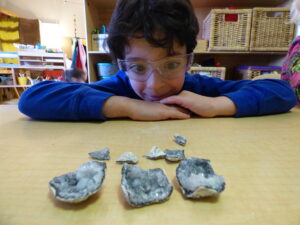Some days we are delighted to find that the students latch onto an idea or hypothesis and just run with it. Today, we were lucky enough to have one of our parents volunteer to read a story called Just A Little Bit by Ann Tompert that involved an elephant and a see saw. The whole book, the elephant tries to play on the see saw, but it just won’t work. He’s too big. Many animals try to come to the rescue by piling on the other side of the see saw but nothing happens. Nothing seems to work until a beetle lands on the animal group and the elephant finally gets to pop up in the air on the other side.
We talked about how this book teaches us about science and that we’re all really scientists. We do science experiments every day without even realizing. When you tell a silly joke and your friend doesn’t laugh, that’s an experiment. When you try a new food that you’re sure is going be disgusting and it’s actually delicious, that’s an experiment. When you launch yourself off the couch and land on your brother, that’s an experiment. (Let’s be honest, some experiments are safer than others.) Sometimes the experiment works and sometimes it doesn’t. What is most important is to ask “why?”. Why didn’t it work? What went wrong? How can you fix it?
Once the story was over, the students jumped at the chance to build their own see saws with our outdoor blocks. Many of the students started on a smaller scale with just one block as the base, while other’s were determined to make their see saws higher. After lots of tinkering and testing, it was decided that the higher see saws were not quite as safe and so we down-graded the amount of blocks that were being used. Some children added the colorful blocks to act as handles, while others used them as a weight so that they could try to see saw by themselves. Even Mrs. Forst joined in on the see saw fun!
There’s nothing better than a recess full of problem solving and physics.

